Picture of Dorian Gray, The (1945)
“There can be something fatal about a portrait.”
|
Synopsis: |
|
Genres, Themes, Actors, and Directors:
Response to Peary’s Review: Indeed, Hatfield’s frustratingly flat performance — presumably (mis)guided by Lewin — brings the entire movie to a halt; with his character acting more like a “model” in a Robert Bresson film than a blue-blooded sociopath (and nearly all of his “wicked acts… kept off screen”), we’re hard-pressed to feel engaged in the scenario one way or another. Are we meant to feel sorry for Gray, who appears to have been naively corrupted by the (perfectly typecast) epigraph-spouting Sanders? And why doesn’t Sanders’ character — who “gets a charge out of Gray’s insensitivity” — show up more often in the second half of the film? Meanwhile, the film’s biggest “reveal” is, naturally, the hideous state of the continuously morphing titular painting. We’re given plenty of teasers — with shot after shot of a character looking in horror at the portrait we can’t see — before a flash of Technicolor finally reveals what the painting has turned into, at which point we can’t help guffawing. While mid-20th-century audiences may have been aghast at the purulent evidence of Gray’s “moral leprosy”, the painting today comes across like an escaped artifact from A Bucket of Blood (1959) or Color Me Blood Red (1965). Thankfully, the rest of the film is aesthetically pleasing, with scrupulously staged scenes of hollow interactions occurring in cavernous halls, effectively photographed in atmospheric black-and-white: The mid-film murder scene is particularly memorable. But on the whole, this adaptation doesn’t live up to its potential. Redeeming Qualities and Moments:
Must See? Links: |
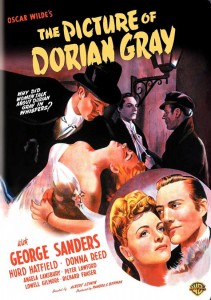
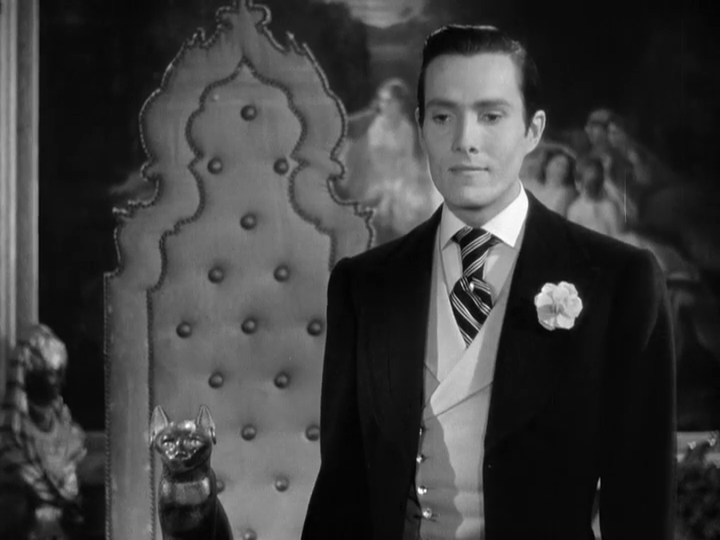

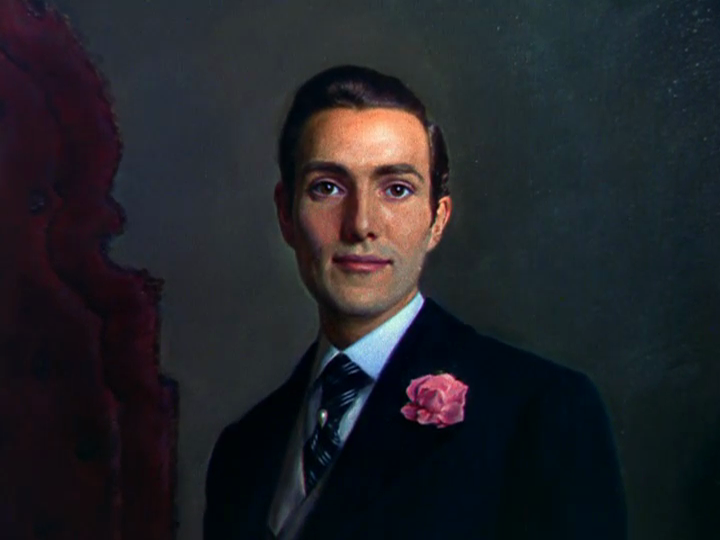

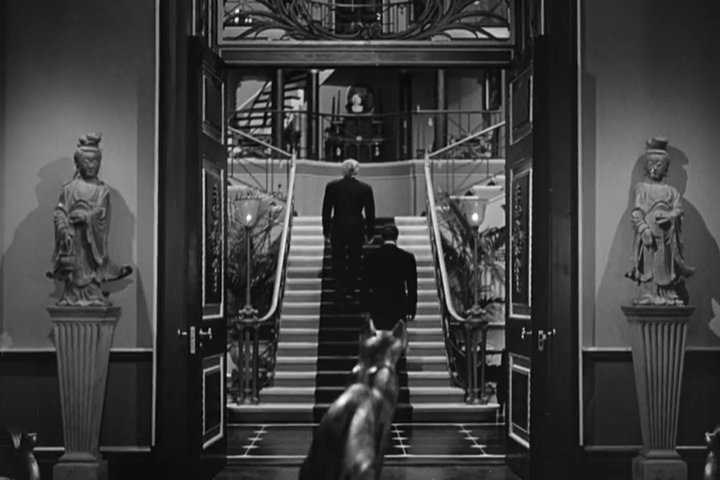
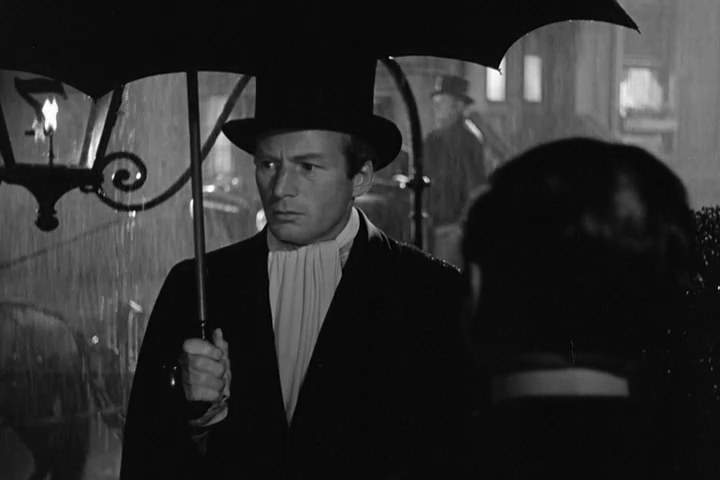

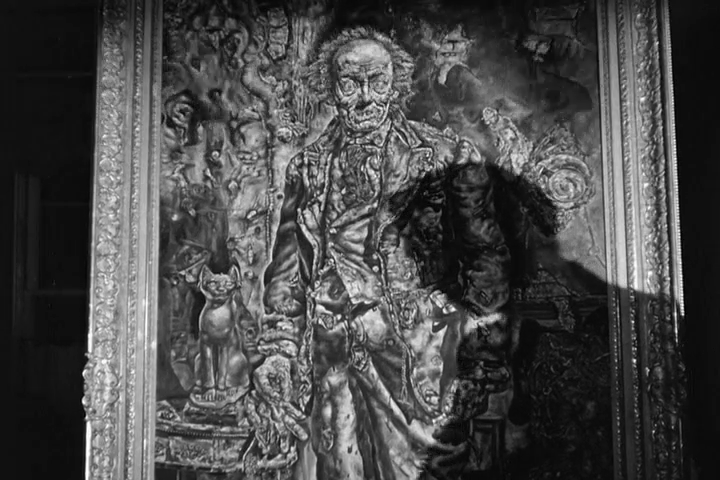
One thought on “Picture of Dorian Gray, The (1945)”
A once-must, for its place in cinema history. And, at least, for Sanders’ performance, if none of the others.
What’s noted in the assessment is all well taken. Nevertheless, I believe strongly that the film, as an adaptation of the Wilde story, still accomplishes what it sets out to do. It has a strong through-line and, overall, is an admirable representation of Wilde’s famous tale.
I don’t know that much about director Lewin personally…aside from the fact that he was concerned with filming intelligent adaptations. I also understand that he could be difficult to work with. On the DVD commentary, Angela Lansbury makes much of the fact that Lewin was incredibly hard on Hatfield…almost to the point of a kind of madness…seemingly orchestrating his every move and inflection, leaving just about no room for the actor to breathe. Such a thing is really inexcusable.
But there are often such behind-the-scenes stories of what went on during production. We can usually, as viewers, only go by what we see on-screen. And, for me, what I see is a fair and compelling representation of this story.
If anything, though, I could have done with less of Lansbury’s character repeating that one song she seems to repeat way too many times. (I mean – seriously, darling, increase your repertoire!) Other than that…